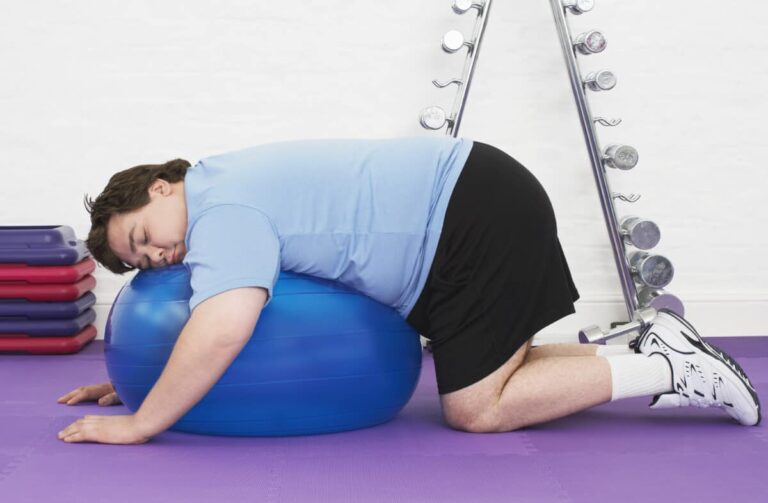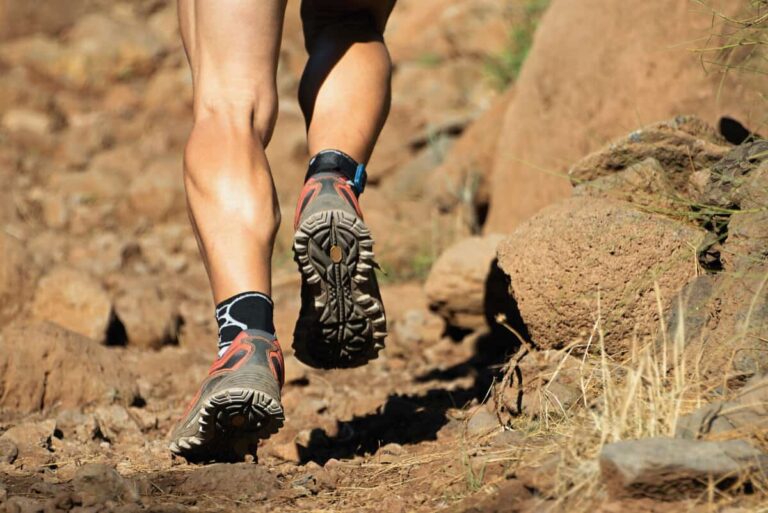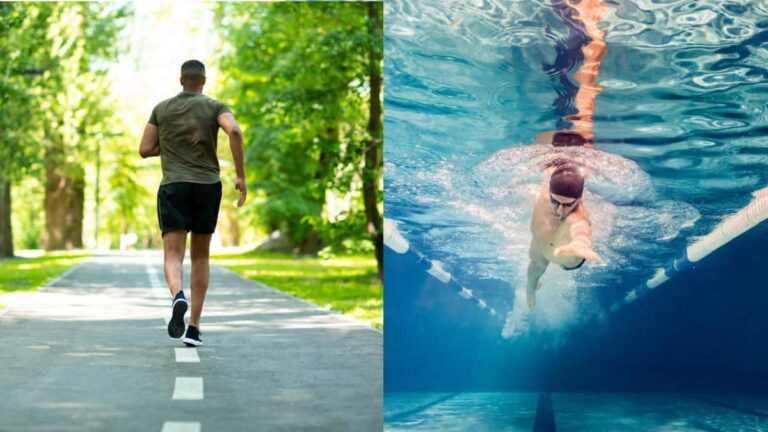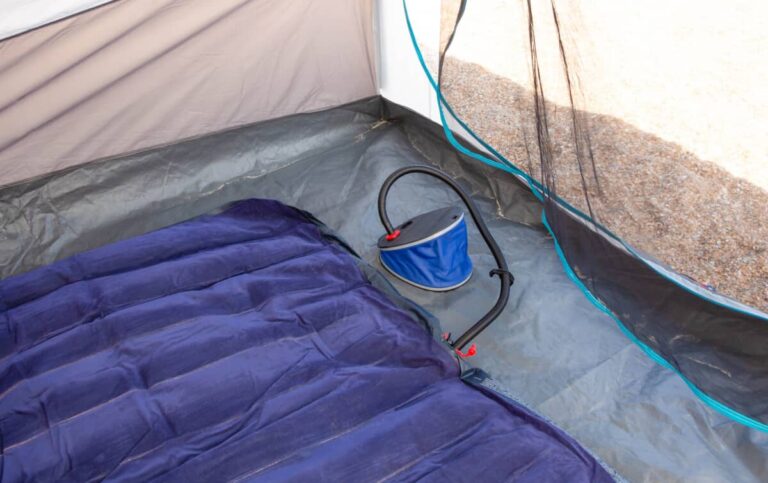Do Trail Running Shoes Actually Last Longer?
Do trail running shoes last longer than regular road running shoes? Well, when we compare the terrain that each shoe needs to function in, it’s easy to see why the road running shoe could last a little longer than the trail running shoe. Trail running shoes are built tough, but so is the terrain they are used in. From running in the mountains, over plant and tree roots, rocks, sand, and dirt, as well as through rivers and mud–so do trail runners wear out quicker?
Trail running shoes last between 300-500 miles before they need replacing, which is comparable with a standard road running shoe. Factors such as quality, traction, terrain, runner’s weight, running style, and running technique all play a role in determining how long a trail running shoe will last.
Trail running is more difficult than running on flat roads, and runners worldwide are taking to this form of running, combining hikes and running on trails and unpaved roads. This article will explore the different challenges that trail running presents to you and your trail running shoes, why some shoes last longer, and others need replacing much quicker than the standard running shoe.

Do Trail Running Shoes Last Longer?
Trail running shoes seem to have the same lifespan as your average running shoe, somewhere between 300-500 miles.
I even asked a running community that uses trail shoes, and the answer came back the same: Trail shoes lose their cushioning in about the same time as a regular running shoe.
Factors that come into play regarding the longevity of a trail running shoe are the quality of the specific shoe, the terrain it’s used for, the runner’s weight, the running style of the wearer, and the specific running technique of the runner.
Here’s a diagram of shoe anatomy in case you need a refresher:

The bottom of a trail shoe is usually more durable than a running shoe, but only if you use it for trails since the extra rubber will rub off quickly on concrete. If longevity for you is how long the sole lasts, trail shoes should last a lot longer for you.
Quality Of The Trail Running Shoe
When you purchase a trail running shoe, make sure that you indeed buy the correct quality shoe made for trail running. Here are some elements that you need to look out for in your new shoe:
Beefier Outsoles
Trail running shoes typically have outsoles with bigger and softer lugs for the best traction on trails. The rubber generally is softer than that of running shoes to grab and bend around obstacles. Wearing your trail running shoes while running on the road will wear them out considerably quicker than sticking to the trail’s softer surface.
The size and pattern of the lugs will vary based on the type of terrain that the shoes are designed to run on, so it’s best to match your trail running shoes to the surface that you will be using them on.
When it comes to how long your trail running shoe lasts, the outsole will be the limiting factor. How quickly your outsole wears out will depend on the softness of the rubber, the overall friction of the terrain that you are running on, and the runner’s weight and running technique.
If you opted for a softer rubber outsole, you trade some shoe life for more shock absorption and adaptive grip. Softer outsoles will wear out faster compared to a shoe with a more rigid outsole.
Stiffer Midsoles
Trail running shoes are designed with much stiffer midsoles than regular running shoes to create a more stable platform for your feet when navigating uneven terrain. Some shoe manufacturers include a rock plate for added protection against sharp rocks and sticks.
Reinforced Uppers
Trail running shoe uppers are usually reinforced to protect against rocks, sticks, and roots frequently encountered while running on trails. The reinforced upper will feel a bit heavier than your average running shoe upper and maybe a little less breathable.
Trail running shoe uppers are frequently reinforced with synthetic overlays in key areas, for example, around the toes (toe box), heels, and sides of the shoe.
Terrain
The terrain plays a vital role in the longevity of a trail running shoe. Running through and over rocks, sticks, roots, rivers, mud, and everything that nature can throw at you will all put pressure on the shoe. Choosing the right shoe for the terrain that you are planning to run on is vitally important.
Talking to other trail runners is an excellent way to gauge what the correct type of running shoe could be for you. Heading to your local running store and asking the knowledgeable staff for advice is also a smart thing to do.
Running with the right shoe on the suitable terrain will add to the shoe’s longevity. An essential hint to remember is not running with your softer compound trail running shoes on normal asphalt roads as it won’t last, and could even wear out the shoe in such a way that you lose your support, which could lead to injuries.
Runner’s Weight
It is what it is. Most of us start to run to lose some weight and maintain some level of fitness. Unfortunately for us bigger-boned runners, our shoes tend not to last as long as some of our lightweight peers’ shoes. A runner who weighs 220 lbs. compared to a runner who weighs 150 lbs. wearing the same make and model shoe will have to replace their shoes more frequently than the lighter framed runner.
The heavier runner’s shoe could last for 200 miles, whereas the lighter runner’s shoe could last up until 500 miles if well looked after. I’ve known people where this is the exact case.
Running Style
Should you be the type of runner who accelerates and decelerates very quickly, it will add some extra wear and tear on your outsoles. When digging into the ground to accelerate your pace, the outsoles will wear more quickly than running at a steady pace. A lot of wear and tear with basically no miles on the clock! Almost like putting on new tires on your car and burning them up in the local parking lot.
Running Technique
The running technique that you employ while running trails also affects the wear and tear of your running shoe. If you heel-strike, toe strike, supinate or pronate, your shoes will wear out unevenly.
What this means is that even though your outsole is still thick enough in some areas, the traction or ergonomics might be compromised in the areas that are worn out unevenly by your specific running technique—forcing you to replace the shoe well before the average lifespan has been reached.
How Often Do Regular Running Shoes Need To Be Replaced?
So I was super curious about the common statement that running shoes need to be replaced in 300-500 miles. I’ve heard that most often from shoe manufacturers, to be honest.
I asked 43 runners this question, and it’s true, most runners (around 25%) actually tend to replace their shoes within the 300-500 range. However, it wasn’t because they just replaced it because they thought it was time. A large portion of those who responded said they replaced the shoes when they didn’t feel right anymore.
This meant that some people wear their shoes beyond the commonly recommended range–from 700-800, or from 1000-1200… some even have been running thousands of miles in their running shoes before replacing them.
If you want to see details of what people said and responded with, check out our article, here.
Conclusion
Even though trail running shoes are built differently from road running shoes, they have to endure potentially harsher environments than just asphalt road. The unforgiving terrain that comes with trail running, even with the enhanced durability features incorporated in the shoes, levels the playing field when it comes to the shoes’ longevity.
Furthermore, trail shoes sometimes have softer lugs which means that they grip really well for a short period of time (as the rubber wears away more quickly).
Road running shoes and trail running shoes have an average lifespan that mirrors each other. The expected lifespan of either shoe averages between 300-500 miles. Ensuring that you buy the best quality trail running shoe available will automatically increase how long it will last.
Running on the terrain that the shoe was designed for will also inadvertently make it last longer than using it on the wrong terrain. Altering your running style from aggressive to a steadier pace will make it last longer in the long run. Changing your running technique to one that creates minor wear and tear will also prolong the use of your shoes.
If you are more heavy-set than other runners, going through your running shoes faster is a small price to pay when getting into a healthier shape and weight. Another helpful hint is to only use your trail running shoes for when you are out hitting the trails, and for nothing else, this simple act can also get some extra miles out of your shoes.
Inspirations:
What’s the Difference Between Road and Trail-Running Shoes? – REI Co-op Journal





